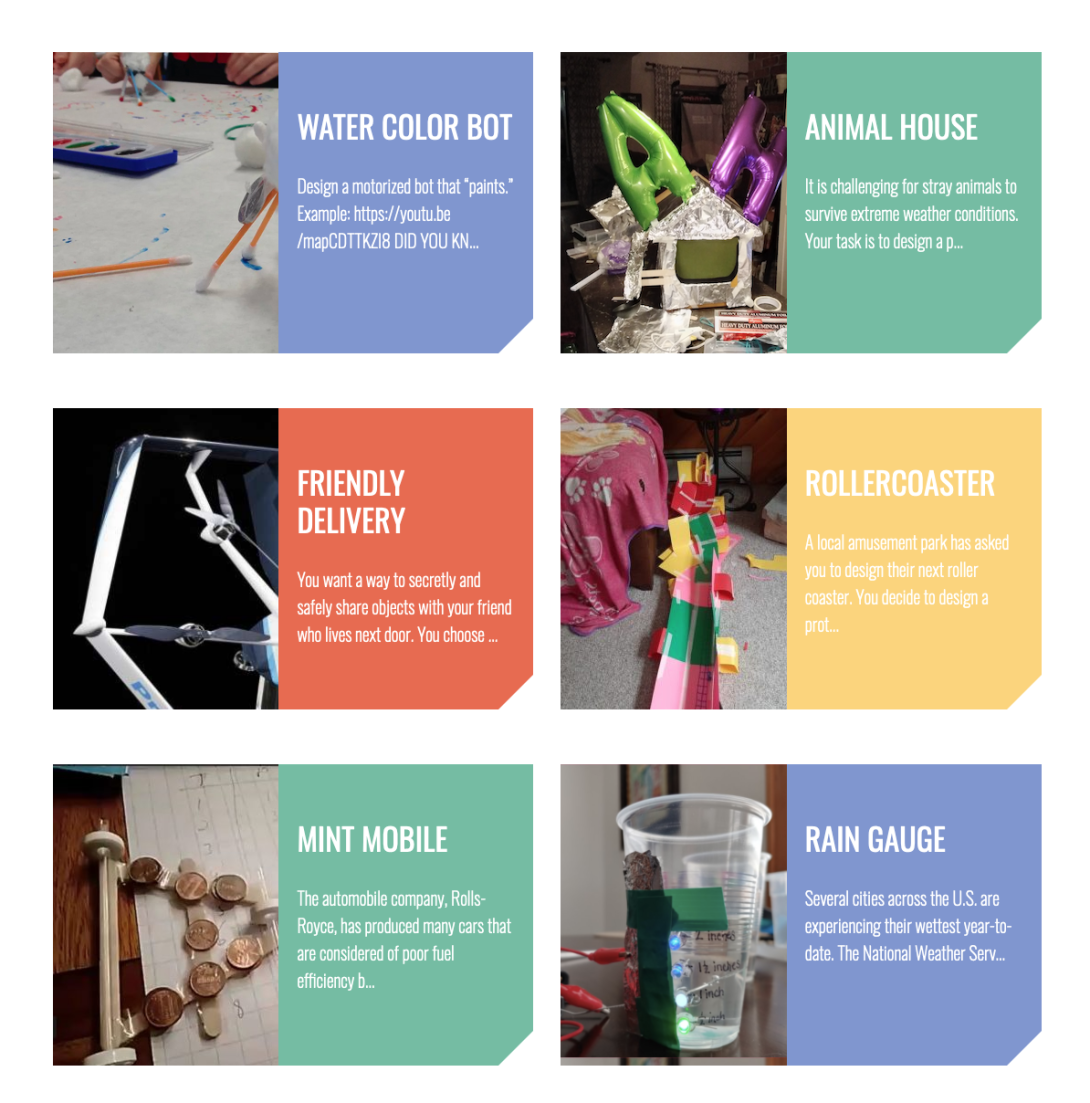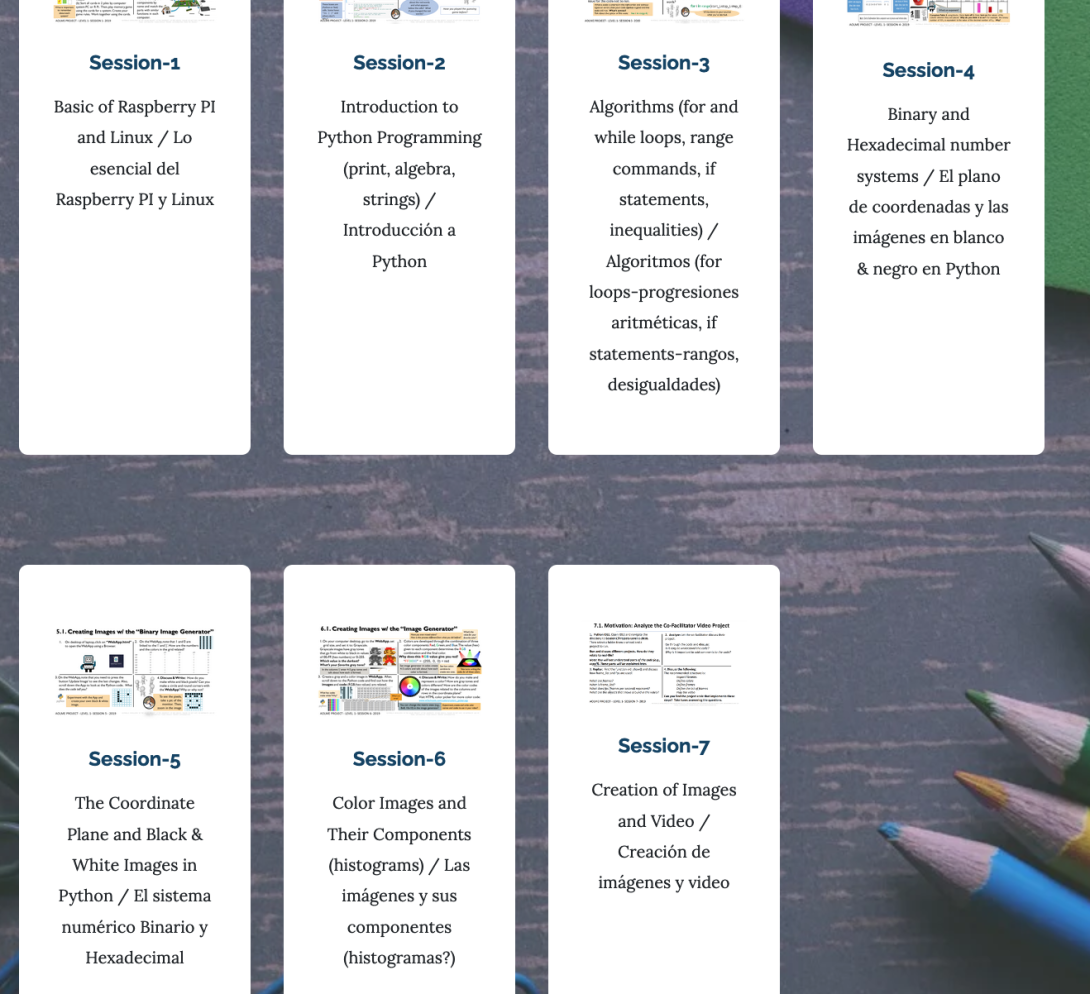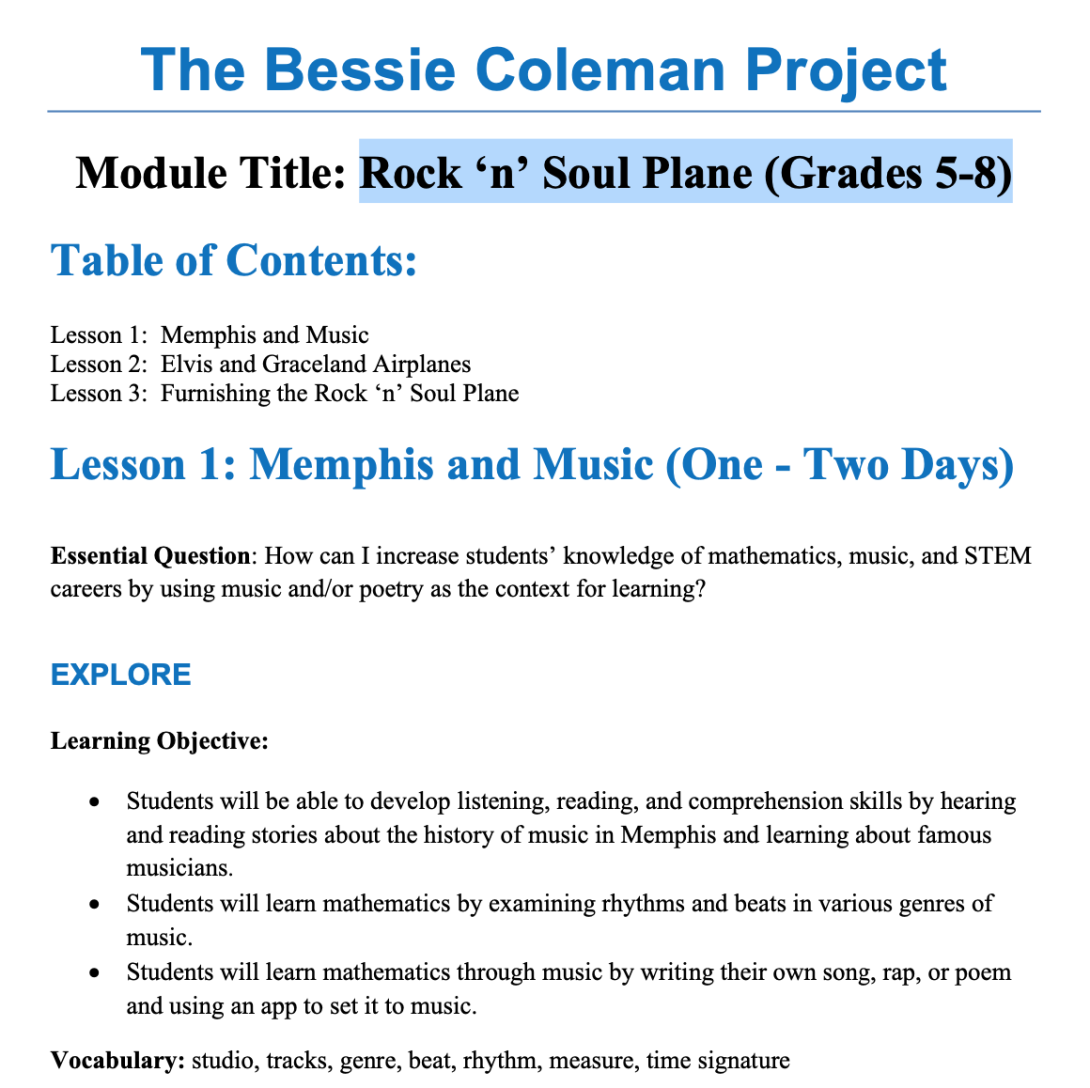Resources included in these libraries were submitted by ITEST projects or STELAR and are relevant to the work of the NSF ITEST Program. PDFs and/or URLs to the original resource are included in the resource description whenever possible. In some cases, full text publications are located behind publishers’ paywalls and a fee or membership to the third party site may be required for access. Permission for use must be requested through the publisher or author listed in each entry.
Developing AI Literacy (DAILy)
Curricular MaterialsEveryone will be impacted by AI in daily life and in the workplaces of the future. It is critical for all students to have fundamental knowledge of AI and to understand AI's potential for good and harm. The Daily-AI program will jumpstart your readiness for AI and give you the tools you need to prepare for the AI-enabled world. The Daily-AI workshop, designed by MIT educators and experienced facilitators, features hands-on and computer-based activities on AI concepts, ethical issues in AI, creative expression using AI, and how AI relates to your future. You will experience training and using
Scratch Encore: The Design and Pilot of a Culturally-Relevant Intermediate Scratch Curriculum
PublicationWhile several introductory computer science curricula exist for children in K-8, there are few options that go beyond sequence, loops, and basic conditionals. The goal of this project is to not only fill this gap with a high-quality curriculum supported by complete instructional materials, but to also do so with an equity-balanced curriculum. That is, a curriculum that values advancing equity equally with student learning outcomes. In this paper, we intro- duce barriers to equity in public school classrooms, pedagogical approaches to culturally-relevant curricula, and how our Scratch Encore
STEM and MyCAP Lessons
Curricular MaterialsOpen Access STEM and MyCAP Lessons
Exploring Artificial Intelligence in English Language Arts with StoryQ
Curricular MaterialsNarrative Modeling with StoryQArtificial intelligence (AI) is reshaping society, and AI will almost certainly be among the most dominant factors in the coming decades. While not every student needs to become an AI scientist or engineer, almost everyone will enter a workforce powered and transformed by AI technologies. Preparing youth to enter and engage with an AI-filled future is one of our most critical challenges.Introduction to Artificial IntelligenceHow to Model Natural Languages?How Do Humans Classify Text?Machine Learning with Alien LanguageSentiment AnalysisFeatures & ModelsAll the
Design & Pitch Challenges in STEM (Middle School)
Curricular MaterialsIn these Challenges, you will need to think like an entrepreneur as you create real solutions to messy STEM problems. You will need to use your knowledge and expertise in creative ways to invent new products that meet customers’ needs. You will need to be able to recognize when you need to learn something new about STEM, your customers, or the situation, and be willing to work to learn it. But entrepreneurship is not just about building great solutions. At the end of each Challenge, you will need to convince a panel of judges that your solution is worth funding in a process called “making a
VT PEERS lessons
Curricular MaterialsVT PEERS: Ecology and Biome Modeling: Lesson length: 2-4 hours Grade level: 6-8 Students build models of four different biomes:VT PEERS: Bees Breakout Boxes: Lesson Length: 1-2 hours Grade Level: 6-8 Students will explore population interaction and impacts ..VT PEERS: Mountain Road Repair: Lesson length: 1-2 hours Grade level: 6-8Students practice using the scientific method as ..VT PEERS: Engineering a Water Filter: Lesson Length: 1-2 hours Grade Level: 6-8 Students build a water filter with a ...VT PEERS: Mountains Have SO MUCH Potential!: Lesson Length: 1-2 hoursGrade Level: 6-8Students
Family Engineering Kits
Curricular Materials
About the Collaborative ProjectOur goal is to develop, implement, and refine a program for integrating engineering design practices with an emphasis on emerging technologies and utilization of recyclable materials into home environments of families. There are currently two components of this project – engineering kits that can be completed in any environment, particularly in home environments, and the identification and development of distinct, personal engineering projects.Examples of the Personal Projects“My project was meant to help people in third world countries or people who can’t afford
AOLME Level 1 Curriculum
Curricular Materials
Expand Latinx Learners’ Authentic Experiences in Computer ProgrammingThe curriculum was designed for and renovated through the participation and feedback of middle school students. It integrates basics of Computer Programming and Mathematics concepts and activities needed to represent digital video and color images. It draws on the almost natural motivation of users, middle school students, with digital image and video. The curriculum contains two Levels. Level-1 introduces the concepts of image and video representations. Level-2 takes these basic concepts to a next step by introducing object
Rock ‘n’ Soul Plane (Grades 5-8)
Curricular Materials
Essential Question: How can I increase students’ knowledge of mathematics, music, and STEM careers by using music and/or poetry as the context for learning?Learning Objectives: Students will be able to develop listening, reading, and comprehension skills by hearing and reading stories about the history of music in Memphis and learning about famous musicians.Students will learn mathematics by examining rhythms and beats in various genres of music.Students will learn mathematics through music by writing their own song, rap, or poem and using an app to set it to music.
Assessing the Effects of a Robotics Workshop with Draw-a-Robot Test
PublicationOur modern technological age is witnessing the pervasive impact of technology on healthcare, transportation, education, commerce, and entertainment. Thus, there is great demand for a well-prepared STEM workforce. To address this need for a tech-savvy workforce, government, corporate, and education sectors are all focused on creating and offering innovative teaching, learning, and training opportunities for students at all levels. In this vein, our team has designed and conducted a summer robotics workshop to increase the robotics knowledge and technical and entrepreneurial skills of